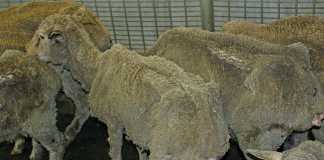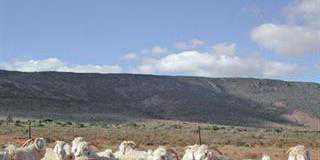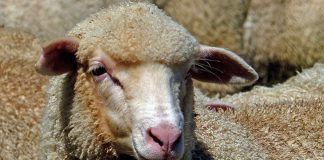Speaking at the AVI Africa poultry conference in Johannesburg, Dr Erhard Briedenhann, an animal feed consultant, said that it was likely that the international feed price would remain at current high levels with little chance of a reprieve. He said there were various factors influencing the feed price, adverse weather conditions and biofuels being dominant.
“Policy changes in the US that resulted in more maize being used for ethanol production than food, has resulted in an increase in the maize price. Demand has risen substantially, as in 1998 only 13 million tons of maize were used for ethanol and now it stands at 30 million tons,” he said.
Dr Briedenhann added that weather patterns over the last few years had a negative impact on crop harvests. “Argentina lost 10 million tons of soya beans last season due to bad weather. But the good news is that South Africa should be self-sufficient in soya beans in the future as more oil seed crushers are built. This will help the industry enormously.”
He added that a shortage in milling by-products was a headache for farmers as it played a big role in keeping feed prices down. “The milling industry has remained stagnant but the feed industry has grown. Producers are having to source milling by-products from the rest of Africa to keep the feed price down.”
Dr Briedenhann noted that implementing the right legislation was one way to reduce feed prices. “Currently SA can’t import maize from Argentina because it is making use of a genetically modified crop that has not been approved here yet. This is a bureaucratic issue that our government must sort out, as it could mean farmers can source maize in Argentina at R300 to R400 per ton cheaper.”













